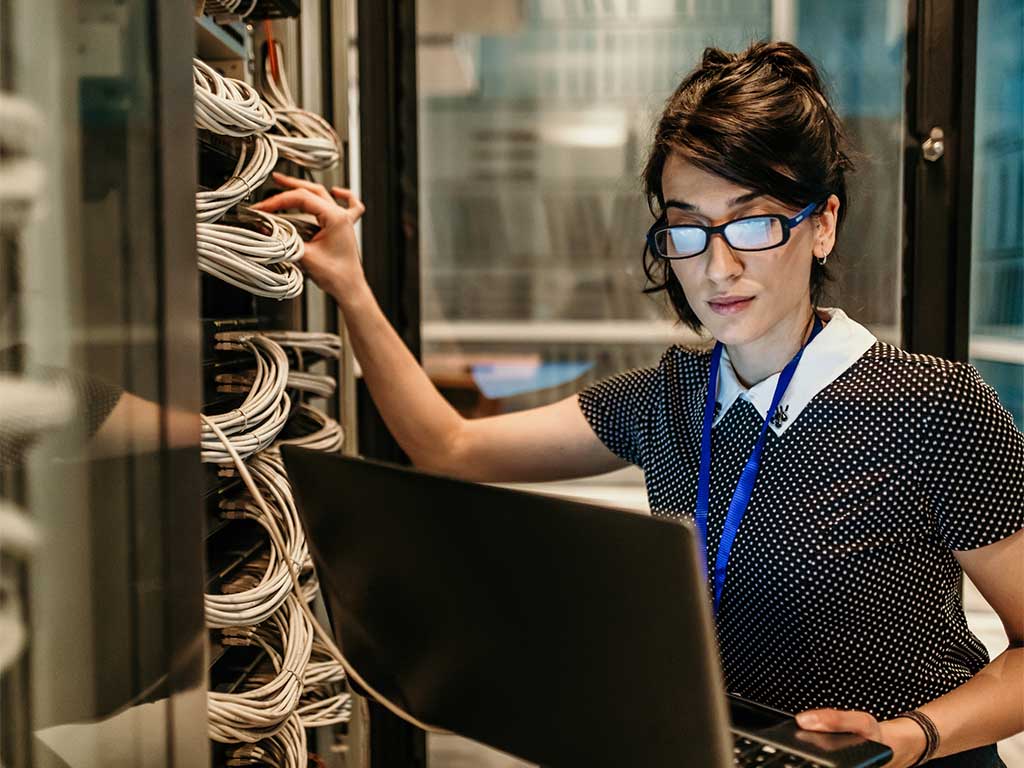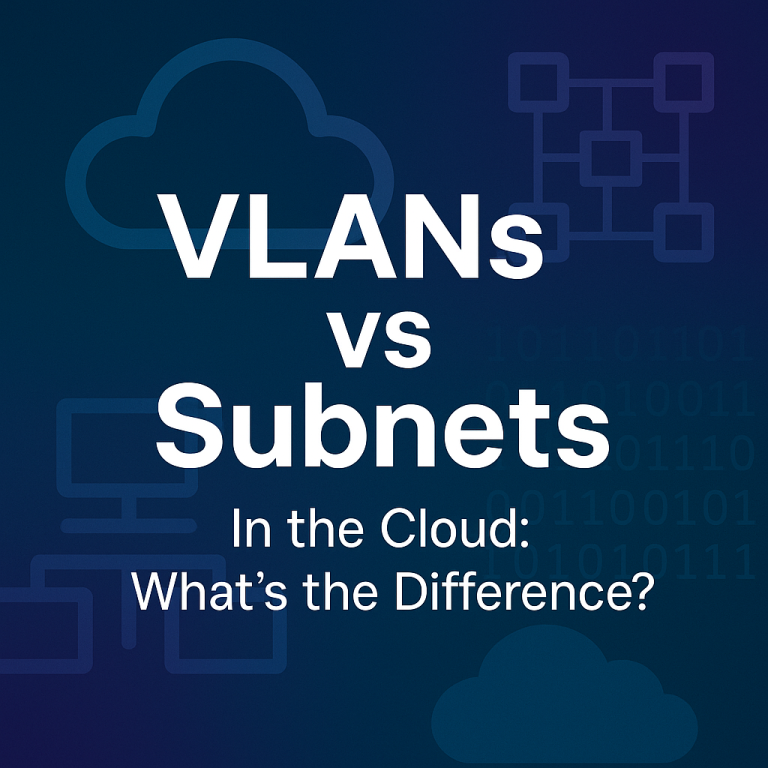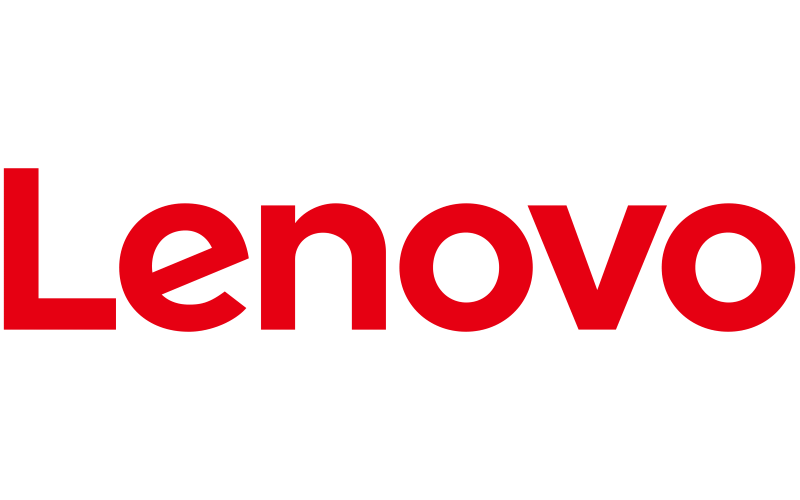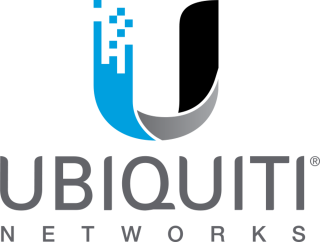In the evolving digital workspace, the debate between leveraging physical computers and Virtual Desktop Infrastructures (VDIs) has become increasingly relevant. As you seek to understand what is virtual desktop and its role in modern computing, it’s crucial to consider the efficiency, flexibility, and security these technologies offer. The importance of this comparison lies not just in understanding the foundational technologies but in recognizing their impact on your daily operations, productivity, and overall IT strategy.
This article aims to provide a comprehensive analysis by first explaining the fundamental differences between physical computers and VDIs. Following this, we will explore the benefits of desktop virtualization alongside the advantages of traditional computing environments. Whether you are curious about what is virtual desktops or are evaluating the benefits of desktop virtualization for your organization, this guide will illuminate the key factors that differentiate these two solutions and help you make an informed decision.
Understanding Physical Computers and VDIs
To grasp the distinctions and functionalities of physical computers and Virtual Desktop Infrastructures (VDIs), it’s essential to understand their definitions and roles within the digital workspace.
Definition of Physical Computers
Physical computers are the traditional hardware-based systems that you might be familiar with. These include desktops, laptops, and servers that physically exist within your office or home environment. Each device operates independently, running its operating system and applications, and typically requires direct maintenance and updates. The main advantage of physical computers is their direct hardware access, which can offer robust performance for resource-intensive applications.
Definition of VDIs (Virtual Desktop Infrastructure)
On the other hand, Virtual Desktop Infrastructure (VDI) represents a different approach. VDI is a technology that hosts desktop environments on a centralized server and delivers them to end-users over a network. This means that the desktop operating system, along with its applications and data, are stored and executed on a server in a data center. Users access their desktops remotely via any device capable of running the VDI client software, which could be a thin client, a repurposed older computer, or a mobile device. This setup allows for greater flexibility, enhanced security, and easier management of IT resources.
By understanding these fundamental differences, you can better assess which solution aligns with your operational needs and strategic goals.
Benefits of Physical Computers
Performance and Capability
Physical computers, particularly servers, provide unmatched performance due to their dedicated resources. When you operate a physical server within your workspace or office, all the power required to perform your job is immediately accessible. This setup ensures that the server is only catering to your company’s needs, which significantly enhances efficiency and stability. Unlike shared servers, where resource allocation is divided among multiple users, a physical server’s capability remains consistent, leading to more predictable performance.
User Experience
Owning physical servers allows you to implement robust security measures tailored to your specific needs. You can secure the server room physically and equip your systems with advanced cybersecurity and antivirus software, giving you complete control over the security protocols. This direct management not only secures your data but also enhances the reliability of your operations, as you are not dependent on external providers whose security measures might be unknown.
Customization and Control
Physical computers offer extensive customization and control over hardware configurations. This flexibility is particularly beneficial for businesses that require specific setups for their operations. You can easily upgrade components such as RAM, drives, and CPUs whenever necessary, without constraints on timing or provider limitations. Additionally, physical desktops allow for ergonomic adjustments and can incorporate advanced security features like biometric authentication, which are crucial for maintaining a secure and comfortable working environment.
Benefits of VDIs
Cost Efficiency
Virtual Desktop Infrastructure (VDI) offers significant cost savings across various aspects of IT management. By centralizing resources, VDI reduces the need for expensive hardware upgrades as desktop processing is transferred to a data center. This shift not only lowers capital expenditures but also diminishes the operational costs associated with physical desktop upkeep and energy consumption. For instance, transitioning to VDI can save organizations substantial amounts by reducing calls to service desks, decreasing the need for onsite desktop support, and extending the lifecycle of existing hardware. Additionally, the pay-as-you-go pricing model of cloud-based VDI solutions aligns costs with actual usage, optimizing budget expenditure.
Scalability
VDI provides an adaptable environment that can efficiently scale up or down based on your organizational needs. This flexibility is crucial for businesses experiencing fluctuating workloads or undergoing rapid growth. With VDI, adding or removing desktops is streamlined, avoiding the complexities and delays associated with physical desktop deployments. Solutions like Azure Virtual Desktop (AVD) leverage cloud scalability, offering elastic resource allocation that adjusts in real-time to demand. Whether you’re expanding globally or accommodating temporary project teams, VDI’s scalability ensures that resources are always aligned with user requirements, enhancing overall operational agility.
Security and Maintenance
Security is a paramount concern in any IT deployment, and VDI offers robust protections by centralizing data and applications in secure data centers. This setup not only enhances data security through controlled access and advanced threat protections but also simplifies compliance with industry regulations. Maintenance becomes less cumbersome as patches and updates are managed centrally, significantly reducing the downtime associated with individual desktop updates. For organizations like schools or small businesses, where IT resources are limited, VDI provides a manageable and secure computing environment. Remote management capabilities ensure that any software issues can be addressed promptly without the need for physical presence, thereby minimizing disruptions and maintaining continuous operational flow.
Comparative Analysis: Physical Computers vs. VDIs
Cost Comparison
When considering the financial aspects of physical computers versus Virtual Desktop Infrastructures (VDIs), it’s evident that VDIs offer a more cost-effective solution in the long run. Initially, setting up VDI might seem costly, but the overall savings on hardware updates, software licensing, and reduced IT labor for maintenance can significantly outweigh these initial expenses. For example, implementing VDIs can lead to substantial reductions in the need for expensive hardware upgrades, as the processing is handled by centralized servers. Additionally, the operational costs associated with maintaining physical desktops, such as energy consumption and regular hardware replacements, are much lower with VDIs. One study highlighted a savings of $2.2 million per year in a scenario where 10,000 machines were replaced with virtual desktops, demonstrating the potential financial benefits of choosing VDI over traditional physical desktops.
Performance Comparison
Performance is a critical factor in the debate between physical computers and VDIs. Physical desktops generally provide superior performance due to their dedicated resources, which is crucial for high-demand applications. However, VDIs have made significant strides in matching this performance, especially with advancements in server capabilities. A comparative study showed that while older PCs with outdated CPUs performed comparably to newer VDI setups, the gap in performance is closing with newer technology. However, for power users or tasks requiring intensive computing power, physical desktops still hold an edge over VDIs. It’s important to consider the specific needs of your users and applications when evaluating performance, as this can vary widely depending on the configuration and capacity of the VDI.
Management and Maintenance
VDIs streamline the management and maintenance of computing environments by centralizing resources and administrative tasks. This setup allows IT administrators to perform upgrades, patches, and security measures on a single, centralized platform rather than on individual physical machines. This not only reduces the time and cost associated with these tasks but also enhances security by consolidating control over data and applications. In contrast, physical desktops require more hands-on maintenance, which can be resource-intensive and less efficient. Virtual desktops offer a managed model where providers handle much of the maintenance and ensure a high-quality user experience, which is particularly beneficial for organizations with limited IT resources.
Conclusion
Through careful analysis, this article has delineated the essential distinctions and respective benefits of physical computers and Virtual Desktop Infrastructures (VDIs). We’ve explored how physical computers provide unparalleled performance and autonomy in customization, catering specifically to businesses with high-demand applications and those who prioritize direct control over their computing environment. Conversely, VDIs have been highlighted for their cost-efficiency, scalability, and the ability to centralize maintenance and security, making them an appealing choice for organizations looking to optimize IT management and accommodate flexible work arrangements.
Considering the evolving landscape of workplace technology, the choice between physical computers and VDIs largely hinges on the specific needs, operational goals, and budget constraints of an organization. While physical computers may continue to serve as the backbone for performance-intensive tasks, the advantages of VDIs, particularly in terms of operational flexibility and cost savings, cannot be overlooked. As each organization’s requirements are unique, the decision should be informed by a thorough evaluation of the comparative analysis provided, ensuring that the selected infrastructure aligns with both current needs and future growth trajectories.
FAQs
1. What are the benefits of using a virtual desktop?
Virtual desktops provide significant mobility by allowing users to access their desktop environments from any location. This capability supports the use of powerful, full-featured applications as if operating directly from a desktop computer, enhancing remote work and boosting overall productivity.
2. How does Virtual Desktop Infrastructure (VDI) differ from a physical computer?
Virtual Desktop Infrastructure (VDI) separates the desktop environment and applications from the physical device, allowing these elements to exist independently. Conversely, a physical computer stores all its information and software locally, making them accessible only from that specific device.
3. What is a key advantage of using VDI?
A primary benefit of VDI is its ability to provide enhanced flexibility and scalability to organizations. It enables employees to access their desktops and applications from any location, using any device, which is particularly useful for those working from home, traveling, or operating from multiple office locations.
4. What distinguishes a computer desktop from a virtual desktop?
A virtual desktop involves virtualization software that separates the operating system from the computer’s physical hardware. This setup allows the operating system, applications, and data to operate on a virtual machine, rather than directly on the physical hardware.










